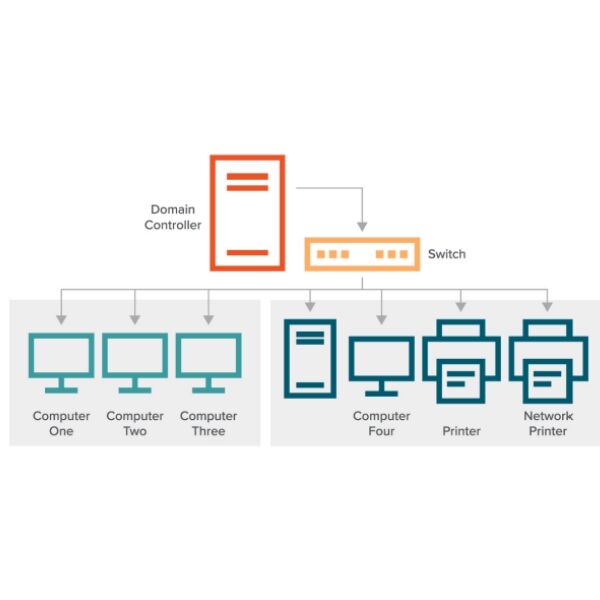business software price
Business software price encompasses a comprehensive range of pricing models and structures designed to meet diverse organizational needs. Modern business software solutions typically offer tiered pricing plans, including basic, professional, and enterprise levels, each tailored to different business scales and requirements. These pricing structures commonly incorporate factors such as the number of users, features accessed, storage capacity, and level of support provided. Cloud-based software solutions often follow a subscription-based model, charging monthly or annual fees, while traditional on-premise solutions may require one-time licensing fees plus ongoing maintenance costs. The pricing framework usually includes scalability options, allowing businesses to adjust their software usage and costs as they grow. Many providers offer customizable packages that enable organizations to pay only for the features they need, while some include volume discounts for larger implementations. Integration capabilities, API access, and advanced analytics features often influence the final pricing, with premium features commanding higher rates. Modern business software pricing also frequently includes considerations for data security measures, backup services, and compliance requirements, ensuring comprehensive coverage of essential business needs.


